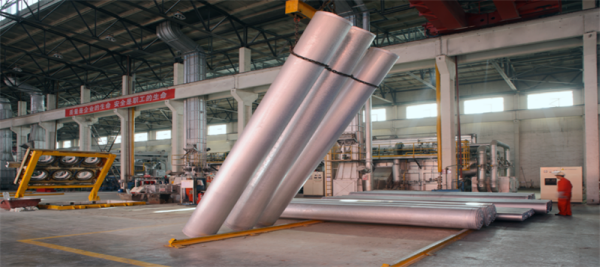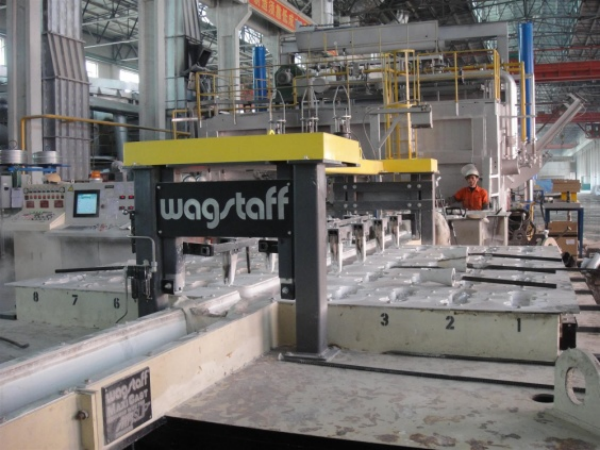Aluminum alloy, being one of the most versatile materials in the world, has been used in a variety of applications. It is the preferred material for many industries because it is lightweight, strong, and corrosion-resistant. This article provides a comprehensive guide to aluminum alloy, its raw materials, and the different types of alloys available.
Raw Materials for Producing Aluminum Alloy
Aluminum is the third most abundant element in the earth's crust, making up about 8% of the earth's crust by weight. It is mainly obtained from two minerals: bauxite ore and cryolite. Bauxite ore is the primary source of aluminum and is mined in many locations worldwide. Cryolite, on the other hand, is a rare mineral that is mainly found in Greenland.
The process of producing aluminum alloy involves reducing bauxite ore into alumina, which is then smelted in a furnace with carbon electrodes. The resulting liquid aluminum is then processed into various alloys. The raw materials used in producing aluminum alloy include:
1. Bauxite ore
2. Cryolite
3. Alumina
4. Aluminum oxide
5. Carbon electrodes
6. Fluorspar
7. Boron
8. Silicon
Types of Aluminum Alloys
Aluminum alloys are classified based on their chemical composition, strength, and other properties. There are two main categories of aluminum alloys: wrought alloys and cast alloys.
Wrought alloys are alloys that are formed by rolling or forging. They are used in applications where strength, ductility, and formability are essential. The most common wrought alloys are:
1. Aluminum-manganese alloys
2. Aluminum-magnesium alloys
3. Aluminum-silicon alloys
4. Aluminum-zinc-magnesium alloys
5. Aluminum-copper alloys
6. Aluminum-lithium alloys
Cast alloys, on the other hand, are alloys that are formed by casting. They are used in applications where intricate shapes are required. The most common cast alloys are:
1. Aluminum-silicon alloys
2. Aluminum-copper alloys
3. Aluminum-magnesium alloys
4. Aluminum-zinc alloys
5. Aluminum-manganese alloys
Each aluminum alloy has its own set of characteristics, making it useful for specific applications. For example, aluminum-magnesium alloys are lightweight and corrosion-resistant, making them ideal for use in aircraft parts and automotive components. Aluminum-silicon alloys, on the other hand, are heat-treated and have good wear resistance, making them ideal for use in engine blocks and pistons.
Conclusion
Aluminum alloy is a versatile material that is used in a wide range of applications. The raw materials used in producing aluminum alloy include bauxite ore, cryolite, alumina, and carbon electrodes. There are two main categories of aluminum alloys: wrought alloys and cast alloys. Each aluminum alloy has its own set of characteristics, making it useful for specific applications. As technology advances, aluminum alloys will become even more important for various industries, including aerospace, automotive, and construction.


Post time: Jun-12-2023





